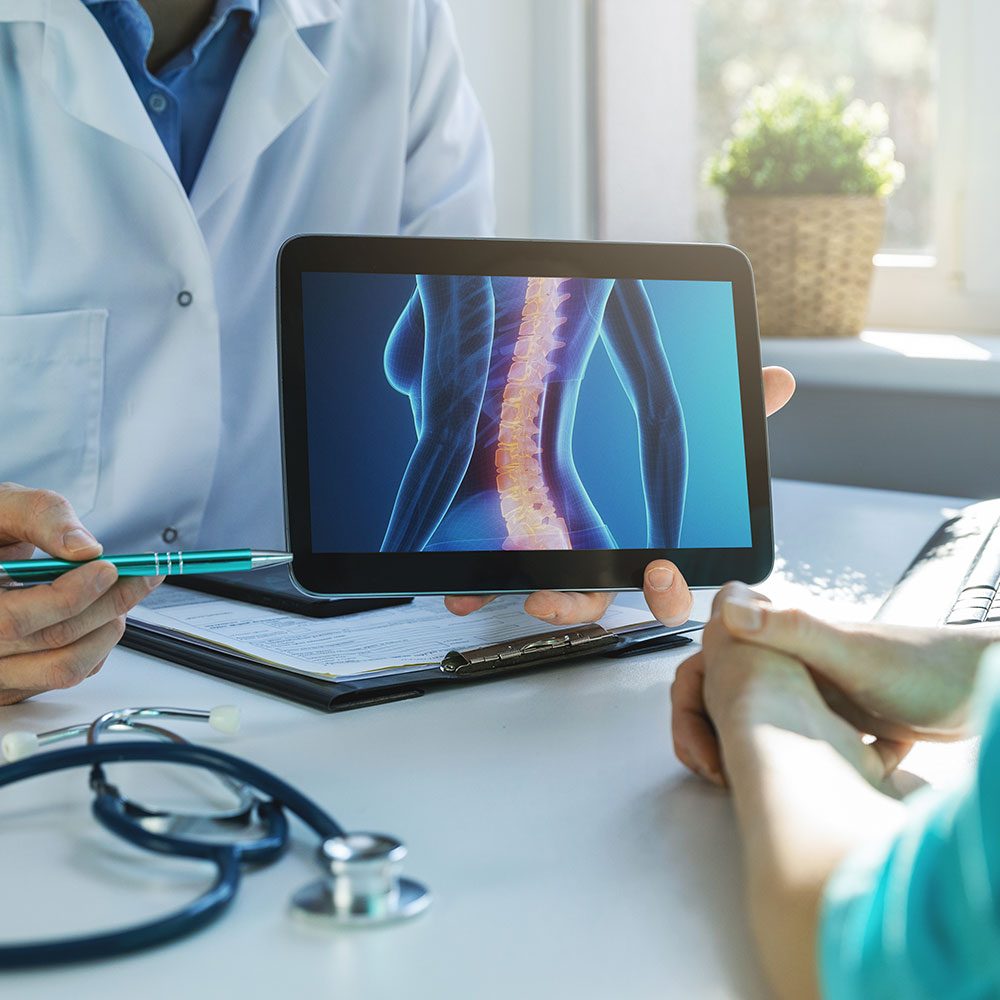Stem Cell Therapy for Herniated Disc
Stem Cell Therapy for Herniated Discs: A Leap Towards Spinal Renewal


What Exactly is a Herniated Disc?
What Causes Disc Herniation?
01
Relationship of Stem Cells and Herniated Disc Symptoms
One of the hallmarks of relapsing-remitting MS is the fluctuations between flare-ups and remission periods.
During remissions, symptoms fade away, and patients experience a degree of recovery. Stem cell treatment for MS aims to lengthen the duration of these precious remission phases in several ways:
02
Alternative to Spinal Surgery
Stem cell therapy offers a minimally invasive alternative compared to major spinal operations like discectomy or fusion.
After numbing the skin, the cells can be injected directly into the damaged disc through a small needle. This is done on an outpatient basis, avoiding the need for lengthy, disruptive hospitalization and recovery required with invasive surgery.
The disc is accessed through a tiny incision, sparing patients from trauma-like tissue disruption. With stem cell therapy, there are no cutting away disc portions or permanently fusing vertebrae together with metal implants. Patients can potentially walk out the same day with little downtime.
Risks of Stem Cell Therapy for Herniated Discs
Itch at the injection site
Slow improvement in symptoms
Leakage of stem cells into nearby tissues

Frequently Asked Questions About Stem Cell Therapy for Herniated Discs
We will likely recommend taking it easy for a few days after stem cell therapy. Avoid strenuous activity, and don’t push yourself too hard physically as your body integrates the treatment. Listen to your body and rest when needed.
Stay hydrated, eat nutritious foods, and take walks or do light stretches to support the healing process. Taking care of yourself afterward is key, so don’t hesitate to ask us for any other recovery recommendations.

Harnessing the Power of Stem Cell Therapy
Stimulating new annulus fibrosus cells to close and seal tears in the outer disc wall. This could prevent further leakage of the soft inner nucleus through cracks and fissures.
Promoting nucleus pulposus cells to produce proteoglycans and other compounds that help hydrate and rejuvenate the inner jelly-like disc core. Rehydration restores cushioning ability and disc height.
Moderating inflammatory cytokines and immune cells to reduce pain signaling.
Releasing growth factors that support new blood vessel formation. Better vascularity nurtures disc regeneration.
Influencing extracellular matrix production to rebuild the disc's collagen and elastin structural framework.
Differentiating into healthy new disc cells themselves to replace aged and dysfunctional ones.
Providing antioxidant and anti-apoptotic effects to counteract disc cell senescence and death.


